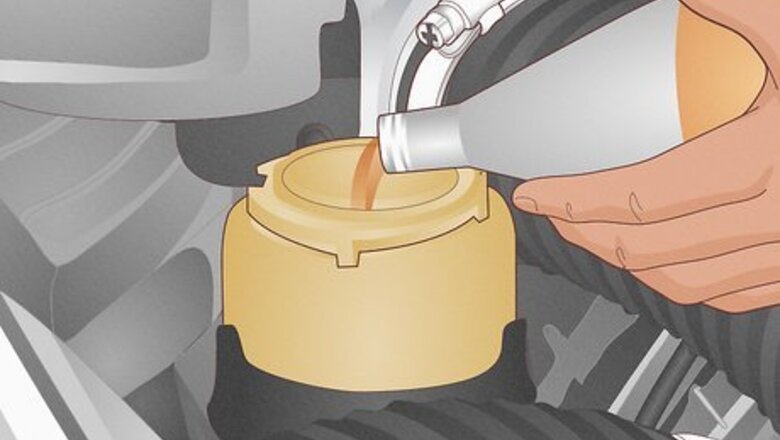
views
- The most common cause of a stiff steering wheel is low or contaminated power steering fluid. Check this fluid, and flush and refill it as needed.
- Low tire pressure, play from the steering wheel, misaligned wheels or warped rotors are also common causes of a hard-to-turn steering wheel and are often accompanied by sluggish or jerky handling.
- Less common (but entirely possible) causes include mechanical issues like a damaged serpentine belt, ball joint, or steering rack.
Your power steering fluid may be low or dirty.
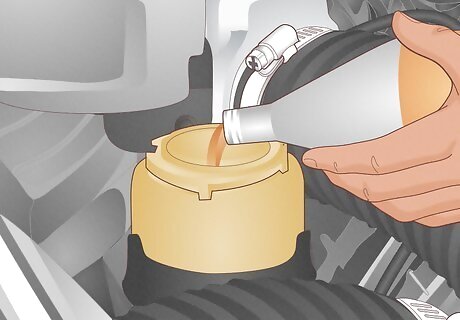
Top up on your power steering fluid, or replace it if it’s discolored. Your car’s power steering system (which makes the steering wheel easy to turn) needs fluid to run efficiently and effectively. This fluid might disappear over time, or become dirty or thick. It’s often the most common issue, and it may make your steering wheel extremely stiff and difficult to turn. Thankfully, checking and replacing power steering fluid is a cinch. How to check: Check your power steering fluid by opening the reservoir cylinder under the hood. The fluid should be bright red, and at the fill line indicated on the cylinder. If the fluid is sludgy, dirty, discolored, or low, it may be time for a top-up or even replacement. What to do: Flush and replace the fluid if it’s dirty. If it’s just low, simply add more fluid to top it up to the fill line. This is a fairly inexpensive fix that only costs several dollars for power steering fluid.
Your tires may have low pressure.

Check your tire pressure, and add air or replace your tires. This is another common issue, and also one of the easiest to fix. When your tires lack air or are flat, they tend to drag on the asphalt, making them harder to manipulate through your steering wheel, especially at low speeds. It can also make your car slower or feel “sluggish.” How to check: Check your tires’ air pressure with an air pressure gauge and compare it to the recommended PSI in your car’s owner manual, or printed near the inside rim of the tire itself. If it’s below the recommended PSI, it’s time to add some air. What to do: Increase your tire pressure using an air pump at a gas station, or with a portable tire inflator to add some pressure in a pinch. You may need to have your tires replaced by a mechanic if it’s a chronic problem or your tires have leaks. On average, tires cost about $194 each, but it varies by vehicle.
Your wheels are misaligned.
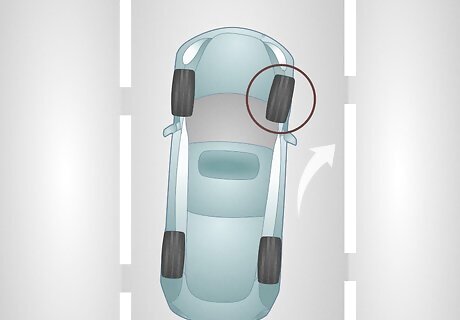
Realign your car’s wheels if it tends to drift to one side. If your car's wheels are misaligned—meaning they’re not all pointing in the exact same direction—you’ll most likely have trouble turning your steering wheel, or your car will pull to one direction as you drive. Your steering wheel may also become shaky, and your tires will wear out faster than usual. How to check: If your car drifts to one side, that’s a telltale and relatively sure sign of misaligned wheels, especially when combined with stuttering or jerky handling. What to do: Visit a mechanic or tire shop to have your wheels aligned. This is a technical process that requires special training and equipment, so it’s best to have it done by a professional. An alignment typically costs $65-$100.
Your serpentine belt may be damaged.
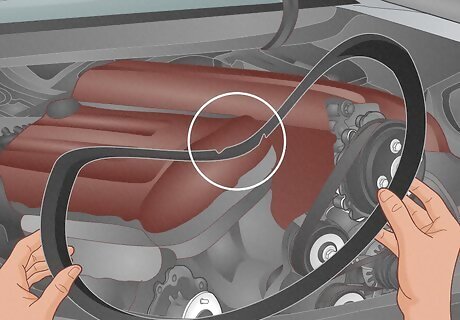
Check your serpentine belt for wear or damage, and replace it if needed. Your serpentine belt, or power steering belt, facilitates your power steering system, but may wear down or become slack over time. This process is natural, since the belt is constantly in motion, but it can result in a stiff steering wheel or a loss of power steering. Your belt may also have slipped off-track or be misaligned. How to check: Pop the hood and locate your power steering belt at the front of your engine block (consult your car’s manual for a more specific location). Check the belt for signs of cracking, uneven width, or slackness—the belt should be taut. If any of these symptoms show, it’s time to replace the belt. What to do: To improve your power steering, you may need to replace the belt altogether, or have it replaced by a mechanic. Loosen the bolts on the belt pulleys and push the pulley inward until you can easily remove the belt, and slip a new serpentine belt compatible with your car onto the pulley, then retighten the screws.
You may have a bad power steering pump.
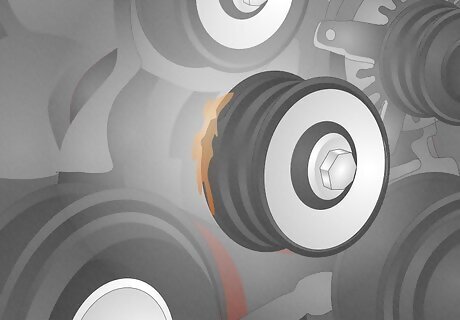
Check your power steering pump for leaks or wear. The power steering pump transfers fluid from one chamber to another as you turn the wheel, providing pressure that makes it much easier to steer. If it fails from wear, leaks, or old fluid, that pressure vanishes and you’re left turning your wheel with your own muscle. How to check: As you drive, listen for whining, squeaking, groaning, or screeching, which are signs of excess friction as a result of problems in the pump. What to do: Problems in your power steering pump may be caused by a number of issues, including fluid leaks, low fluid, contaminated fluids, worn belts, or plain old age. Bring your car to a mechanic to have it thoroughly inspected and your problem diagnosed. A replacement usually costs between $500-$800.
Your power steering ball joints may be worn out.
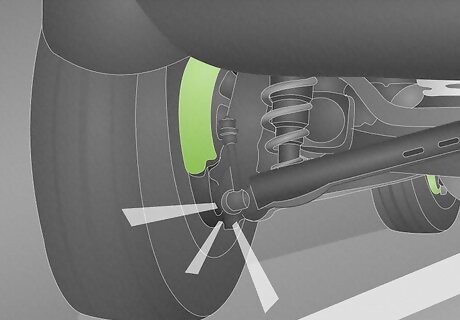
Replace your suspension ball joints if your steering wheel vibrates. The suspension ball joints enable your wheels to move up and down over rough terrain. They’re often intended to last the lifespan of your car, but may wear down or loosen over time, causing strange sounds, tire wear, and difficulty steering. How to check: As you drive, listen for knocking noises, particularly on rough roads. Also note excessive vibration in your steering wheel, your car drifting to one side, or general stiffness (or sometimes even looseness) in your steering wheel, all of which are signs of faulty ball joints. What to do: Your ball joints most likely need replacing, so consult a mechanic, as this is a complex process. It usually costs around $200 to replace a single ball joint, but it’s a necessary safety repair.
Your steering rack may be damaged.
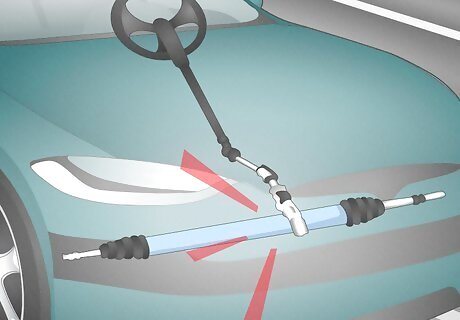
Replace your rack-and-pinion if it’s difficult to turn to one side. Your car’s rack-and-pinion system connects the steering wheel to the axel, and is a vital component of your car’s steering system. They’re typically durable, and so this problem is fairly uncommon, but a degrading rack-and-pinion system can result in a stiff wheel, as well as jerky motions or unusual noises, and is an urgent problem to fix ASAP. How to check: Slowly test drive your car on a quiet street. Take note of your turning—if it’s more difficult to turn the wheel in one direction than it is the other, the rack-and-pinion system may be the cause. Note that the problem may diminish as you drive, but return the next time you drive. What to do: Your rack-and-pinion system may need a total replacement, which is a fairly complex fix. Consult a mechanic to have it properly examined and, if needed, replaced entirely. A replacement typically costs anywhere from $750-$1,000.



















Comments
0 comment